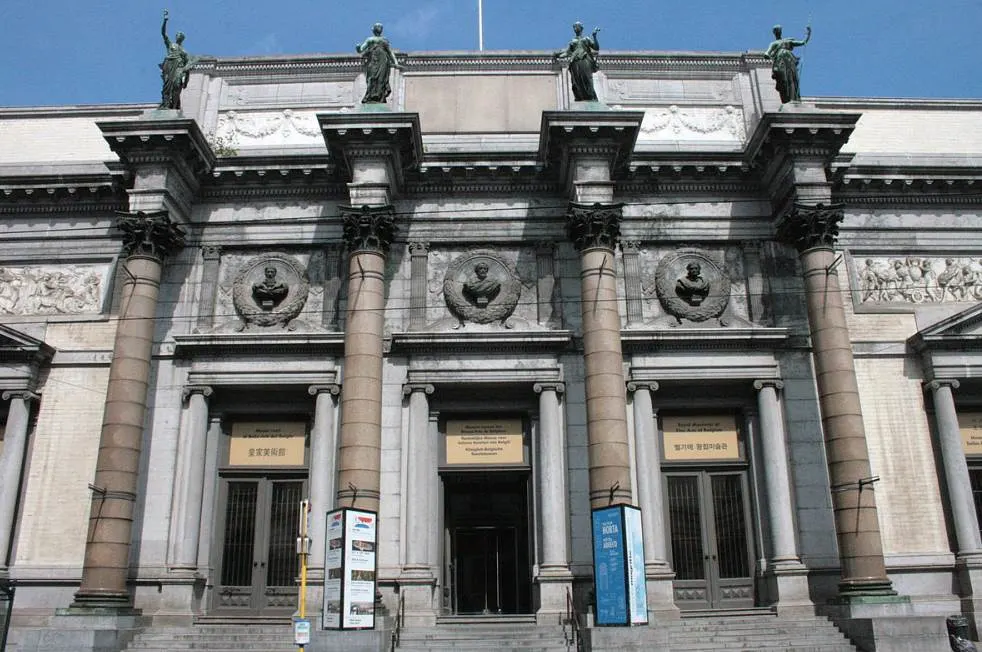The life of this French artist revolved just as much around politics as it did around his art. That’s because he lived during one of the most turbulent times in French history.
Jacques-Louis David (1748-1825) was a fervent supporter of the French Revolution and was friends with people at the highest level, including Maximilien Robespierre (1758–1794) who initiated the Reign of terror.
He later collaborated with Napoleon Bonaparte (1769-1821) and became his leading painter. He painted iconic images of the French politician such as “The Coronation of Napoleon,” “Napoleon Crossing the Alps,” and “Emperor Napoleon in His Study at the Tuileries.”
After Napoleon’s ultimate fall, he remarkably didn’t fall out of grace and was even offered the position as the court painter of King Louis XVIII, something he refused.
In this article, you’ll discover some of the most interesting facts about Mars Being Disarmed by Venus, a remarkable work of art in the oeuvre of David.
1. It was completed while David had exiled himself to Brussels
After the Ultimate Fall of Napoleon Bonaparte in 1815, Jacques-Louis David found himself on the list of former revolutionaries and Bonapartists.
After all, he did vote in favor of the execution of King Louis XVI in the early 1790s and openly supported the revolution.
Regardless of this, the new Bourbon king offered him a job as his official court painter but the aging artist respectfully declined. Instead, he exiled himself to Brussels where he lived for the rest of his life.
He started working on Mars Being Disarmed by Venus in 1822 when he was in his early 70s and completed it in 1824, a year before he passed away.

This is the last picture I want to paint, but I want to surpass myself in it. I will put the date of my seventy-five years on it and afterward I will never again pick up my brush.
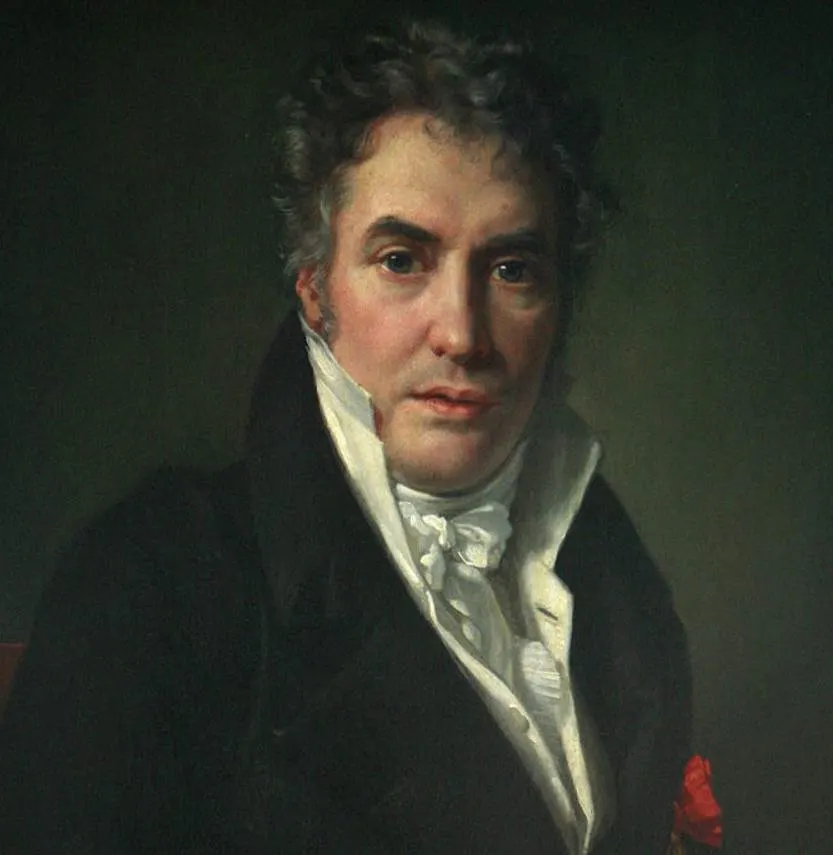
2. It depicts several popular figures in Roman mythology
As the preeminent Neoclassical artist of his time, most of his paintings depict either historical or mythological subjects.
The same applies to this monumental work of art which revolves around Venus, the Roman goddess of love, seducing Mars, the Roman god of war.
She is accompanied by her three servants known as the “Three Graces.” Her son Cupid is trying to take off Mars’ footwear at the bottom.
The architectural elements in the background are set against a blue sky which gives this painting a remarkable light and clear color scheme.
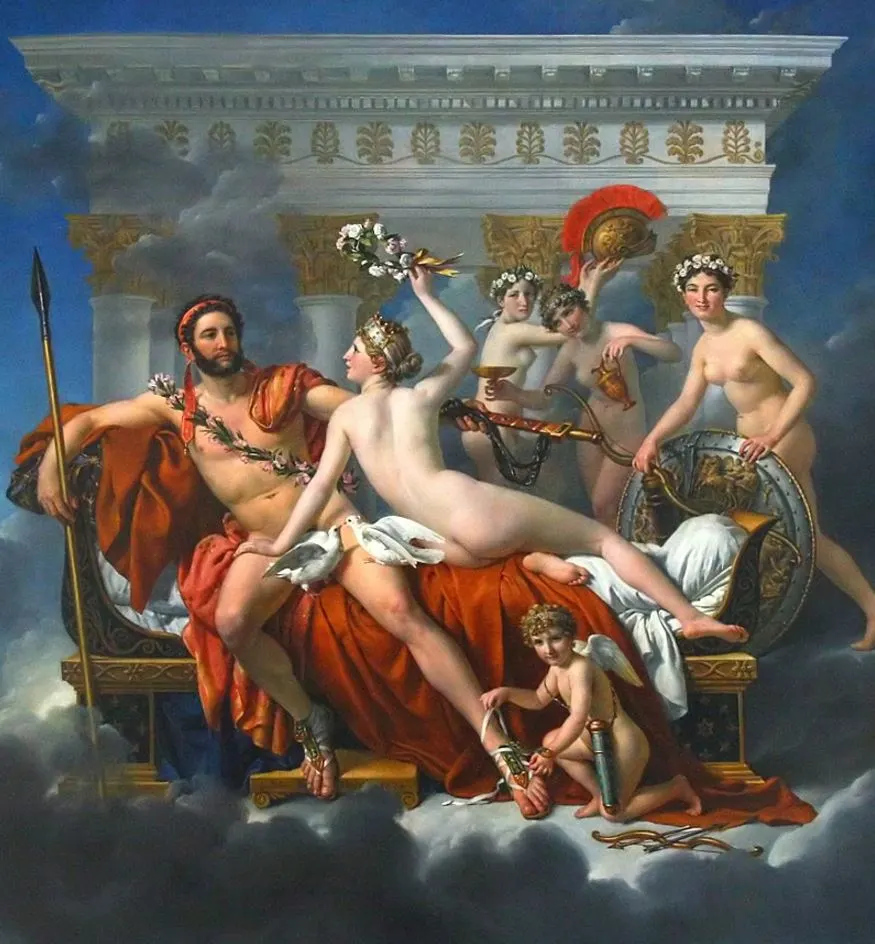
3. The models for the painting were members of the local theater
The French rule in Brussels ended in 1815 with the fall of Napoleon Bonaparte. The city subsequently became part of the Kingdom of the Netherlands and the capital city of the province of South Brabant.
David didn’t live long enough to see the Belgian Revolution which began in 1830 and resulted in the formation of the modern-day country of Belgium with Brussels as its capital.
Many of the most notable landmarks in Brussels were already present, though, including the city’s main opera house called “La Monnaie.”
It’s here that David found the models for this painting. Actress Marie Lesueur (1799-1890) was the model of Venus and ballet dancer Lucien Petipa (1815-1898) of Cupid. Mars was a regular visitor to the theater.
Remarkably, one of the graces was the mistress of the Prince of Orange (1792-1849), who was the future King William II of the Netherlands.
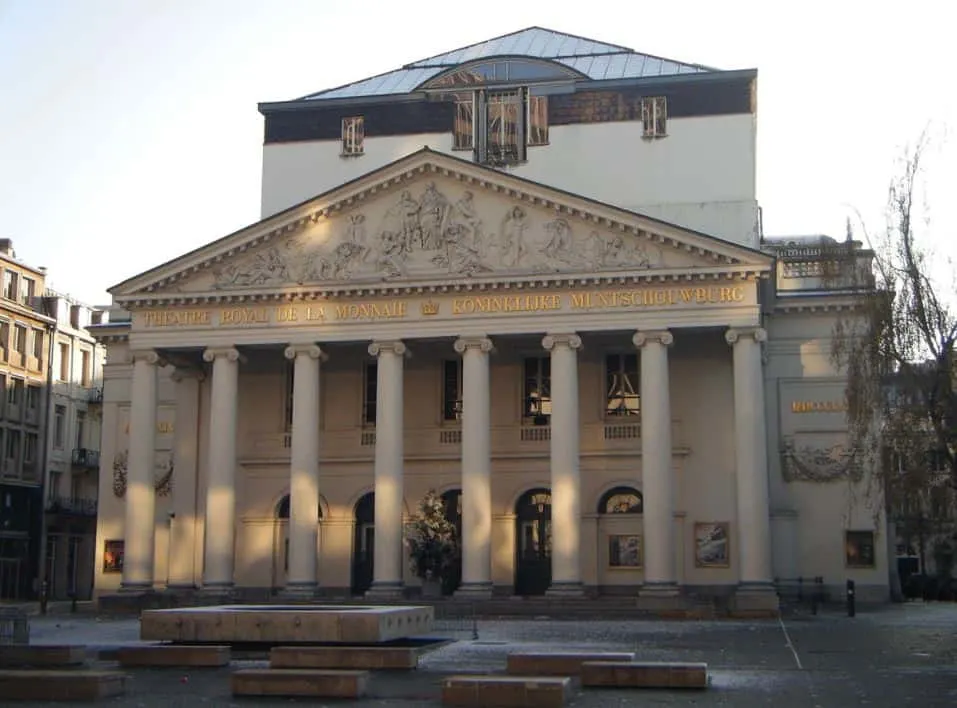
4. It was David’s final painting and it embodies the style of his final years
David kept his promise because Mars Being Disarmed by Venus was the final painting that he ever completed.
He suffered from a stroke in the Spring of 1825 and died after being hit by a carriage when leaving the theater later that year.
This painting was the culmination of his final style which isn’t a pure Neoclassical painting. It’s a mix of Neoclassical ideals and a sense of Realism that wasn’t found in his other works.
This particular style which fuses idealism and realism can also be found in the paintings of William-Adolphe Bouguereau (1825-1905).
He was born the year that David died but continued his legacy until the day he passed away in the early 20th century.
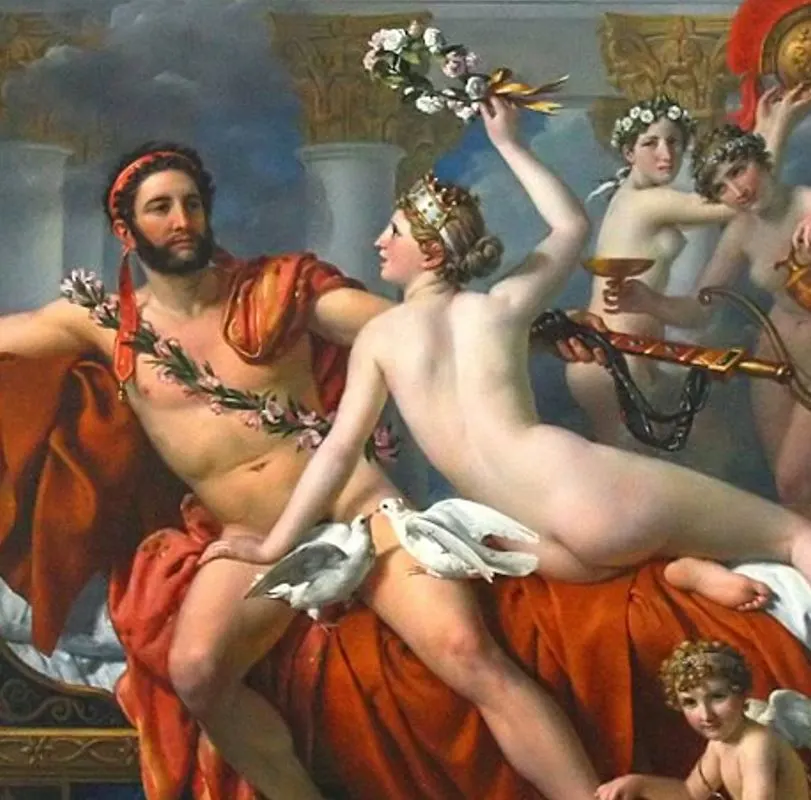
5. The painting is sometimes seen as the artist’s final political statement
The artist’s wife, Marguerite Charlotte Pécoul (1764-1826), wasn’t pleased when her husband radicalized and he had to make a lot of effort to win her back.
Her visit to the prison he was locked up in during the 1790s inspired him to paint “The Intervention of the Sabine Women” (1799), a work that can be described as a tribute to his wife.
The same can be said about his final work which has been interpreted as a response to the dramatic events of the late 18th and early 19th centuries.
The god of war is finally silenced by the goddess of love, a metaphor for the radical ideas he once harbored but which he abandoned.
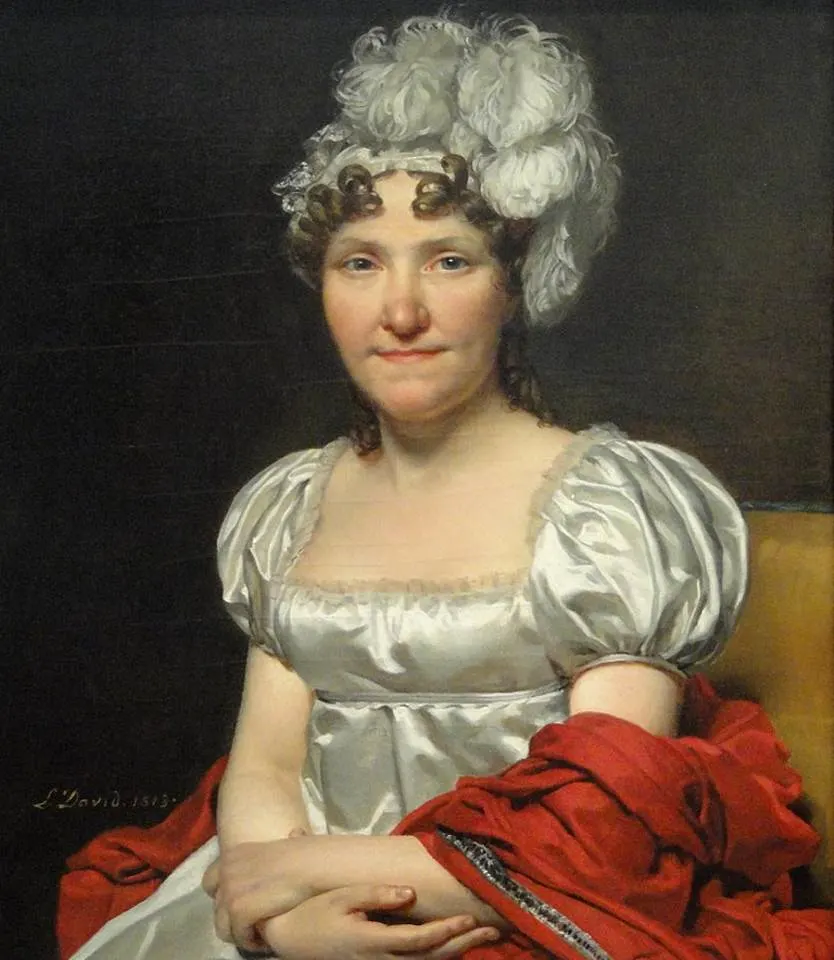
6. Over 10,000 people saw the work when it was exhibited in Paris
His first major work was “Oath of the Horatii” (1784), a painting that glorifies masculine virility. It remains one of his most famous works today.
It paved the way for a successful artistic career which lasted until the day he died. His final painting was an equally big success compared to his initial success.
It was first exhibited in Brussels after which it was moved to Paris to be exhibited there. This event earned 13,000 francs and attracted over 10,000 visitors.
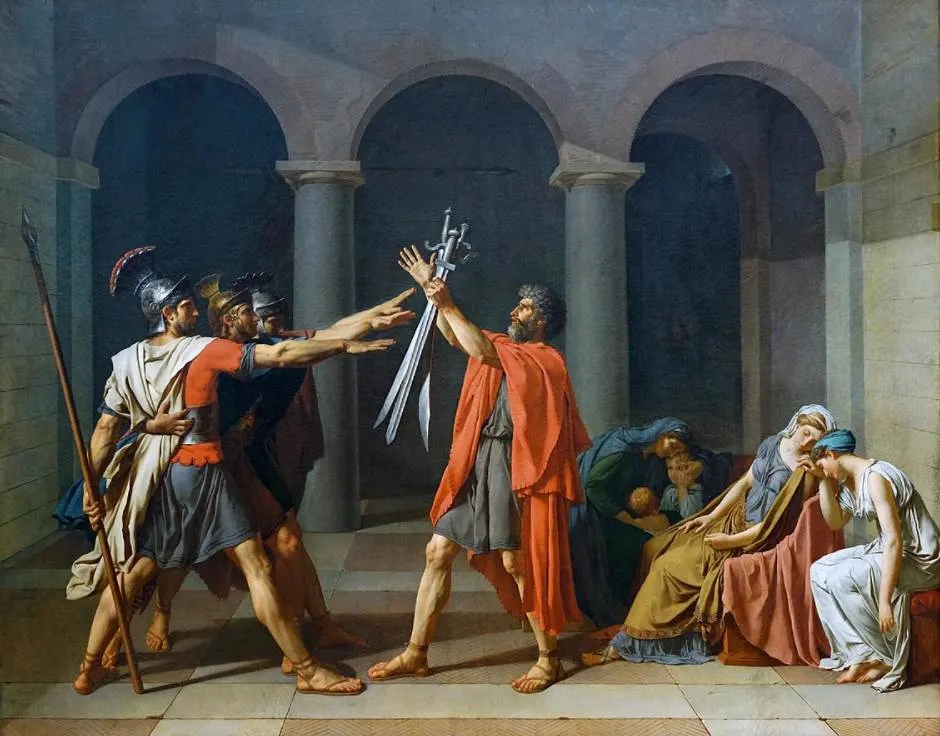
7. How big is Mars Being Disarmed by Venus by Jacques-Louis David?
The size of this large work of art certainly made it possible to exhibit it at an exhibition with only one work on display.
Mars being Disarmed by Venus by Jacques-Louis David is an oil on canvas painting that has dimensions of 308 × 265 centimeters (121 × 104 inches).
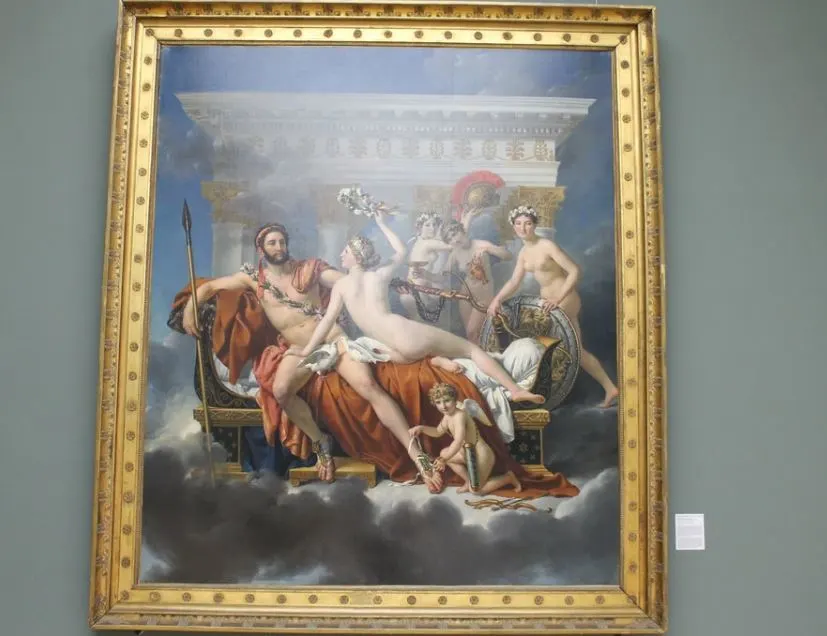
8. Where is David’s masterpiece located today?
The painting didn’t sell and stayed in the artist’s collection when he passed away. it was owned by the artist’s grandson, Jules David-Chassagnol (1829-1886) until 1886.
It entered the collection of the Royal Museums of Fine Arts of Belgium in Brussels in 1893.
It remains one of the greatest attractions of the Oldmasters Museum, one of the departments of this collection of museums in Belgium’s capital.
